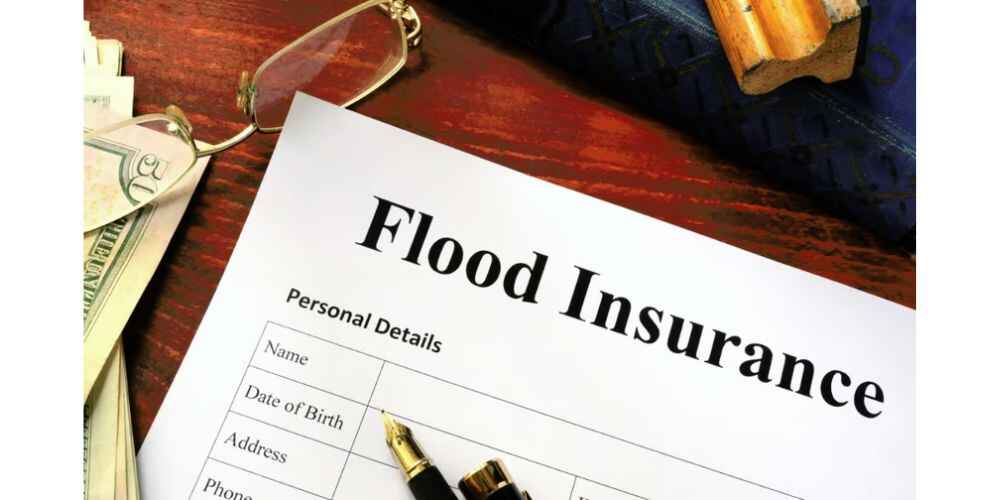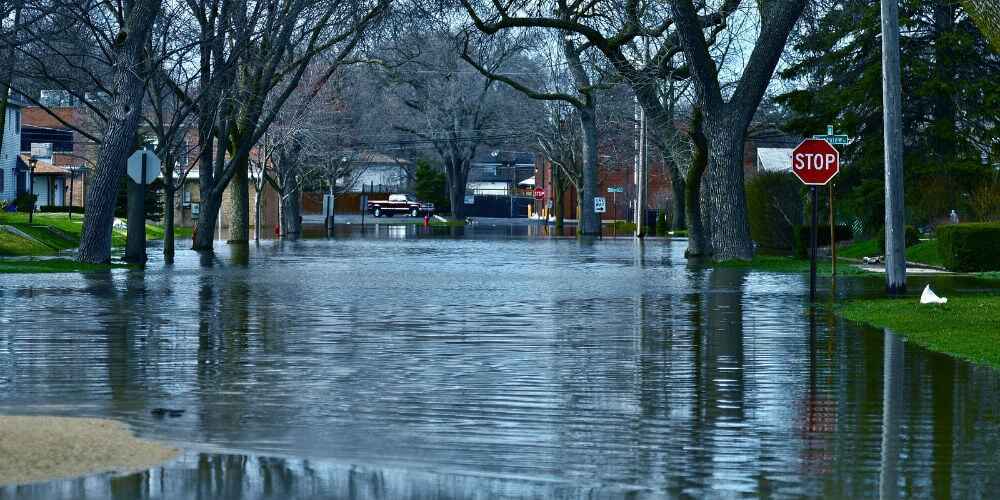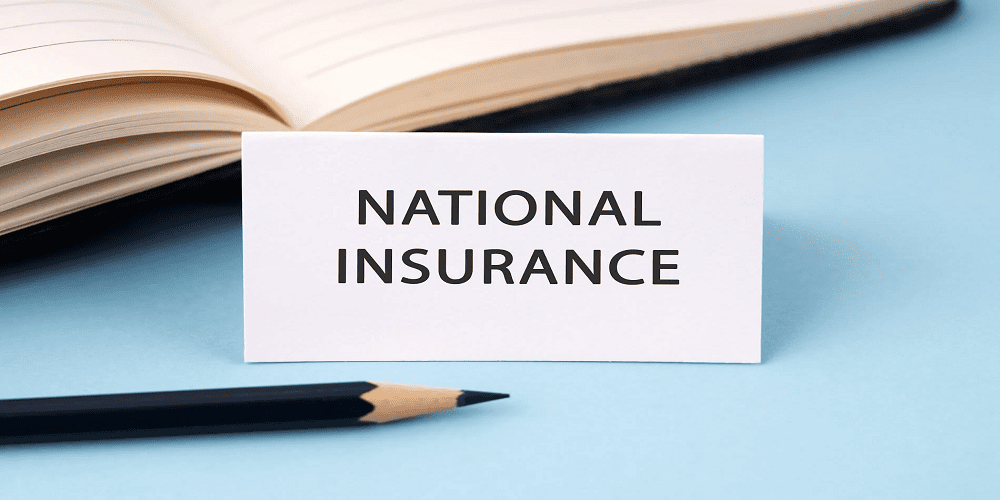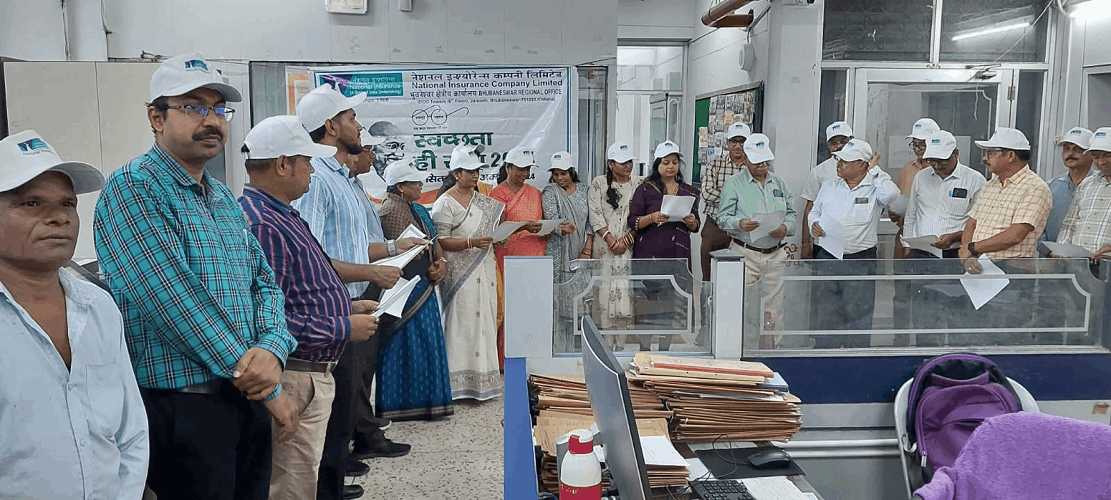Why Home Insurance is Essential?
Your home is one of your most valuable and cherished assets. It is a place where you have spent some of the best days of your life and sought comfort during tough times. Naturally, you want to ensure your home is protected from any damage or loss. Despite precautions, mishaps can still occur. Burglaries, for instance, are not uncommon even with the best security systems, as criminals often find ways to outsmart technology. Moreover, natural disasters, which are beyond our control, can cause significant damage. During the monsoon season, homes can suffer extensive damage. So, how do you safeguard your most significant treasure? The answer is home insurance.
Home insurance covers the cost of repairing or replacing your home when it is damaged by covered events, such as fire or severe weather. It also covers your personal property, other structures on your property, and provides liability protection for injuries or property damage caused by you or your family.
Importance of Home Insurance
According to Suryanarayanan V, Managing Director at Chola MS General Insurance, "Home insurance is vital, especially during the monsoon season when the risk of damage from natural calamities like floods, inundation, and cyclones is high."
Bharat Griha Raksha Policy
In 2021, the Insurance Regulatory and Development Authority of India (IRDAI) directed all general insurance companies to launch a standard home insurance policy called the Bharat Griha Raksha policy. This policy offers coverage for up to 10 years and includes automatic coverage for both the building and its contents, up to 20% of the building's insured value.
"For example, under the Centre's affordable housing scheme, the value of a house ranges from Rs 15 lakh to Rs 25 lakh. If a home is insured for Rs 15 lakh, there is automatic coverage for general contents like white and brown goods typically found in homes," explains Suryanarayanan V.
Coverage Details
However, this is contingent on the customer opting for general content coverage. Additional coverage beyond the automatic 20% can be obtained by paying an extra premium. While no declaration is needed for the 20% cover, a declaration of the value of specific items like televisions or refrigerators is required for additional coverage.
For instance, Rakesh purchased a house under the Centre's affordable housing scheme, valued at Rs 15 lakh. By insuring his home for Rs 15 lakh under the Bharat Griha Raksha policy, Rakesh receives automatic coverage for general contents in his home, such as refrigerators and washing machines. This automatic coverage amounts to 20% of the insured value of the building, which in Rakesh's case would be Rs 3 lakh (20% of Rs 15 lakh).
However, this automatic content coverage is only available if Rakesh opts for it. If he wants to cover more valuable items beyond the automatic 20% coverage, he would need to pay an additional premium. While the 20% coverage does not require any specific declarations, Rakesh would need to declare the value of these specific items to get additional coverage for them.
What Home Insurance Covers
Home insurance policies cover a wide range of risks, including damage from floods, inundation, and cyclones. This means it not only covers structural damage but also additional expenses like painting charges due to watermarks caused by heavy rains. Premiums for home insurance vary based on factors such as geography, type of property, age of the building, and type of construction.
What Home Insurance Does Not Cover
Home insurance typically does not cover damages caused by:
- Natural wear and tear or gradual deterioration
- Pollution
- War
- Radioactive emission
- Your wilful or intentional act or omission
"Also, one should cover a property under home insurance if it is being used for residential purposes by self, family, tenant, licensee, or employee. Claims may get denied if the property is being used for other than residential purposes," says Srabasti Dhali, Vice President and National Manager, PCG & Home, TATA AIG General Insurance.
Cost of Home Insurance
"A home insurance premium depends on various factors such as sum assured, coverage, and other factors including the age of the property, location, construction quality, and safety features equipped in a house. Homeowners can also opt for add-on features to take advantage of additional protection and to insure products available in the home," says Dhali.
Home Insurance Products
For instance, Tata AIG offers:
- Home Products: Tata AIG Bharat Griha Raksha – standard product
- Tata AIG Home Protect – a variant of the standard product
- Comprehensive product: HomeSecure (householder) policy
Policy Tenure
Home insurance is available as an annual policy and also long-term policies where customers can opt for longer tenures like 2, 3, up to 10 years or even 20 years. "The premium for home insurance differs based on the type of building - be it an apartment, single house, villa, or any other type of construction. The cost of home insurance is much less than the cost of a film ticket for two people," says Suryanarayanan V.
Natural Calamities Covered by Home Insurance
Home insurance typically covers natural calamities such as:
- Earthquake
- Landslide, subsidence, rockslide, etc.
- Storm, cyclone, hurricane, etc.
- Flood, inundation, tsunami
- Lightning
So, if you live in coastal areas like Odisha, or hill states like Uttarakhand and Himachal Pradesh (remember the Joshimath land subsidence incident in 2023?), or earthquake-prone cities like Bhuj, home insurance is a must.
What to Consider When Buying Home Insurance
Inclusions and Exclusions: Review the details of your policy to understand what is covered and what is not. Home insurance typically covers damage to the structure, contents, and burglary. However, it's essential to be aware of exceptions, such as negligence, intentional damage, wear and tear, unexplained loss, and events related to war or nuclear radiation, which are typically not covered.
Property Value: Ensure that the insured amount adequately reflects the value of your property. "Underinsuring can lead to complications when filing a claim, while overinsuring can result in unnecessary expenses," cautions Srabasti Dhali.
Risk Mitigation: Taking reasonable measures to protect your home can impact your coverage. Simple precautions like installing security systems, fire alarms, and maintaining your property can help reduce risks.
Policy Customisation: Customisable home insurance policies with add-ons should be opted for as per individual needs.
Claims Process: Familiarise yourself with the claims process and the necessary steps to follow in the event of a loss. Promptly reporting any incidents and providing accurate information is essential to expedite the claim settlement process.
How to Apply for the Bharat Griha Raksha Policy
1. Contact the Nearest Office: Reach out to the nearest National Insurance Company office or an authorised agent.
2. Collect Proposal Form: Obtain the relevant pre-printed proposal form.
3. Fill the Form: Read and fill in the form correctly.
4. Submit the Form: Submit the proposal form directly or through an authorised agent.
5. Pre-Acceptance Survey: Some risks may require a pre-acceptance survey. In such cases, a surveyor will be appointed by the National Insurance Company to estimate the quantum of risk involved and other related matters.
6. Premium Estimates: Receive premium estimates from the company's computerised offices.
7. Policy Issuance: The policy will be issued to you either directly on request or through registered post.
How to Make a Claim
If you suffer loss or damage, follow these steps:
1. Immediate Notice: Inform the National Insurance Company immediately.
2. Provide Details: Include the policy number, your name, details of the report to the police and any authority, details of the insured event, a brief statement of the loss, and particulars of any other insurance.
3. Submit Evidence: Provide photographs of the loss or physical damage wherever possible.
4. Report to Authorities: Report to the police, fire authorities, and appropriate legal authorities.
5. Prevent Further Damage: Take all reasonable steps to prevent further damage to the home building and contents.
6. Assist Representatives: Assist the representatives in collecting evidence and details. Provide all information, books of accounts, and other documents.
7. Submit Claim Form: Submit the claim form at the earliest opportunity but within 30 days from the date you first notice the loss or damage.
8. Proof of Event: Prove that the insured event has happened and the extent of your loss.
By understanding and investing in home insurance, you can protect your home and personal belongings from unexpected events, ensuring peace of mind and financial security.



.jpg)
.jpg)





.jpg)











Leave A Comment
0 Comment